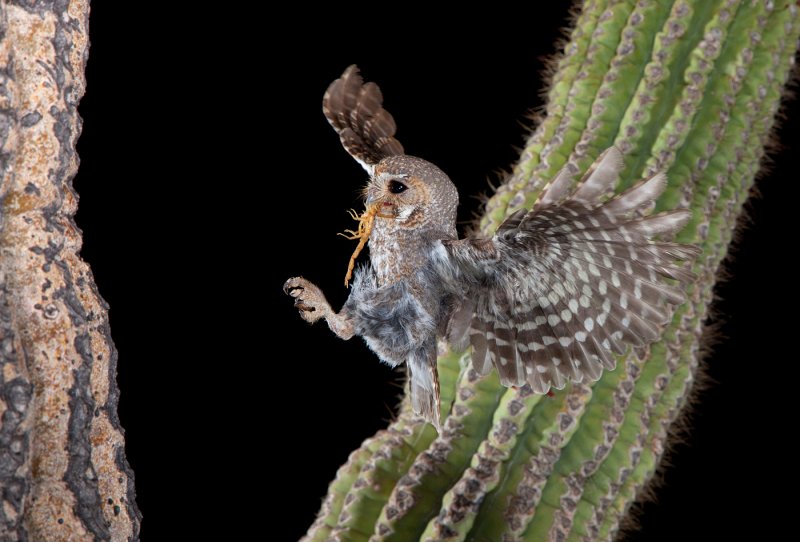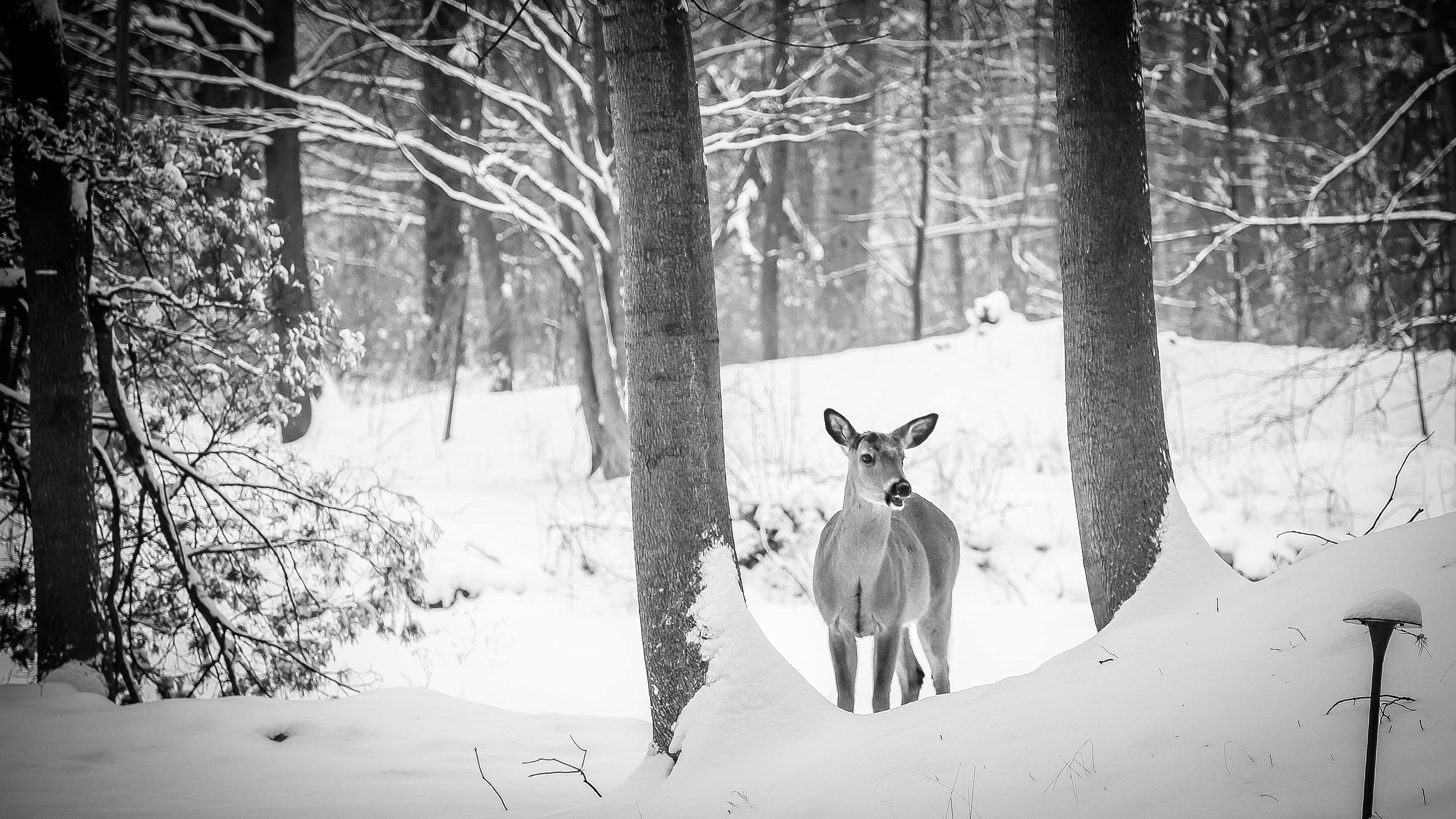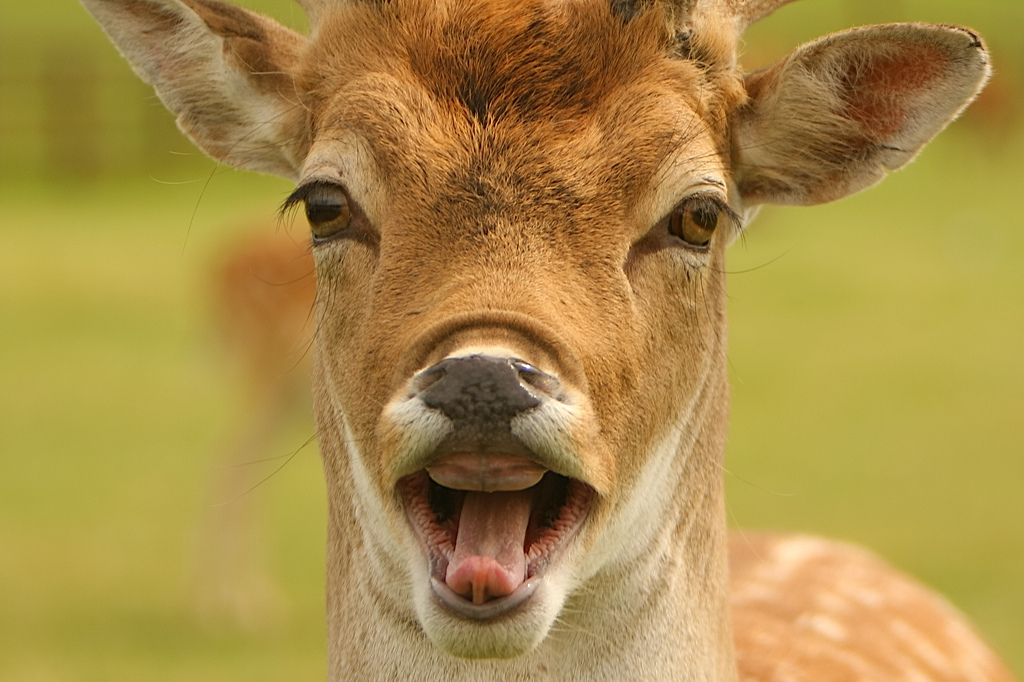
Blog
- Lauren
What Factors Influence Deer Movement Patterns
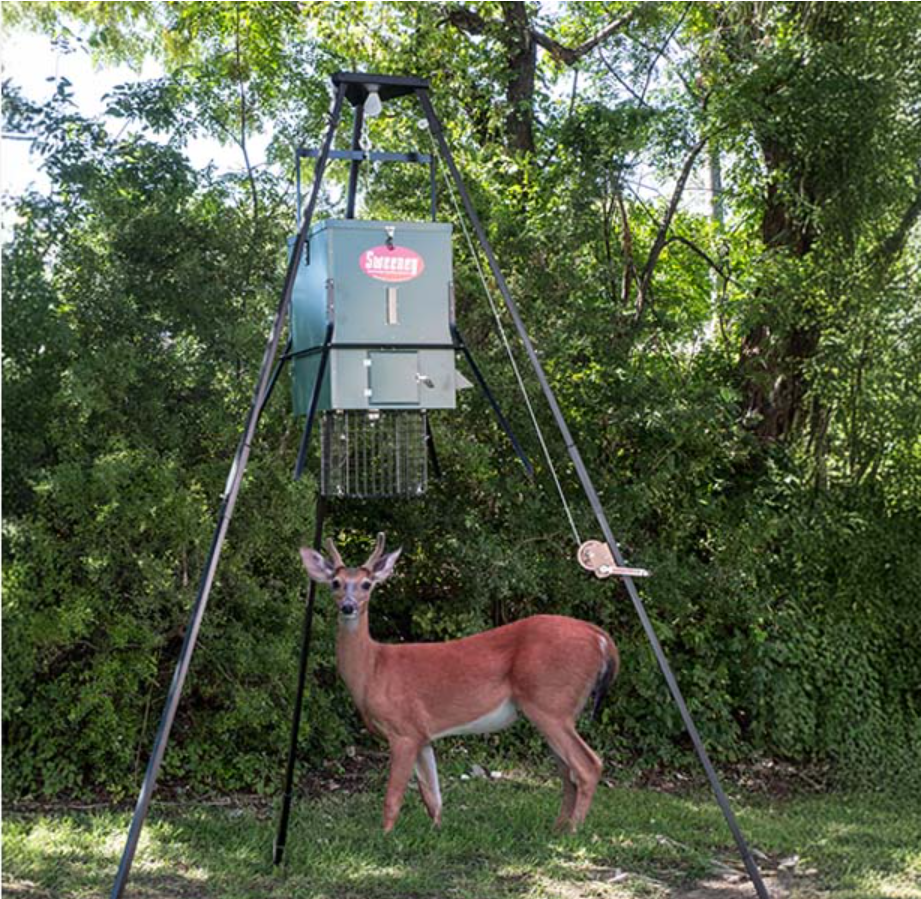
Ever feel like deer are masters of the disappearing act? One day, your property is full of life, and the next, it’s a ghost town. Tracking and patterning deer movement unlocks more consistent sightings and hunting success. It’s a complex dance influenced by seasons, the environment and even our own actions.
Seasonal Changes and Deer Behaviors
A deer’s priorities shift throughout the year, and their movements follow suit.
- Spring: Deer will be on the move, seeking out tender, protein-rich new growth to recover from winter. Does will also be searching for secluded, safe areas with good cover to give birth to their fawns.
- Summer: Deer adopt a more nocturnal pattern, feeding at night and seeking cool, shady bedding areas during the day. Their home range tends to shrink as food and water are plentiful.
- Fall: This is the season every hunter waits for — the rut. Bucks will be on their feet, traveling far and wide in search of does, often moving during daylight hours. Their patterns become less predictable as their focus shifts from food to breeding.
- Winter: When the temperature drops and snow covers the ground, deer will herd up and concentrate on the best available food sources. They’ll seek out thick cover that protects them from harsh winds and preserves body heat.
How Environmental Factors Shape Deer Movement
The landscape itself dictates where deer will be and how they get there.
- Food availability: Deer are browsers, and their diet changes with what’s available, from acorns and agricultural crops in the fall to woody browse in the winter.
- Water sources: Deer need to drink daily, so they will always be close to a creek, river or pond, especially when it’s hot and dry
- Cover and security: Deer stick to areas with thick woods, dense bush or tall grasses that offer protection from predators and harsh weather. They use these areas for bedding and as travel corridors to move between feeding and resting spots.
- Terrain: Hills, ridges and valleys create natural funnels and pathways that guide their movement from point A to point B.
How Humans Impact Deer Movement
Deer are incredibly smart and learn to pattern hunters. If they sense danger in an area, they’ll change their routes, become more nocturnal or abandon the area altogether. This is why low-impact scouting and hunting are so crucial. Habitat fragmentation from roads and housing developments can create barriers that cut them off from vital resources.
On the other hand, agricultural practices can be a huge draw. A freshly planted soybean field or a recently harvested cornfield can pull in deer from miles around, creating predictable feeding patterns.
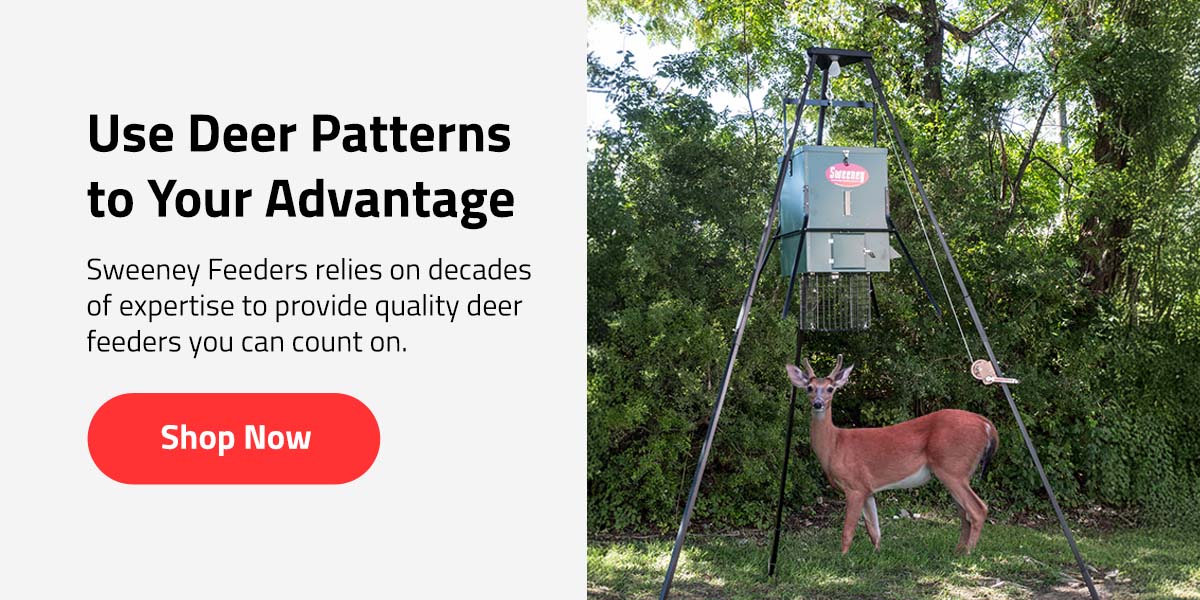
Use Deer Patterns to Your Advantage
By learning to read the land and the calendar, you can predict where deer will be and why. This knowledge allows you to place your stands, blinds and feeders more effectively.
Sweeney Feeders relies on decades of expertise to provide quality deer feeders you can count on. When you invest in a feeding program, you’re creating a reliable resource that can influence deer movement in your favor.
Recent Articles

We built our first timer over 50 years ago. With that timer, we established a constant determination to build quality products that meet our customers’ needs. This unwavering focus on quality products and excellent customer service is the foundation of Sweeney Enterprises.


